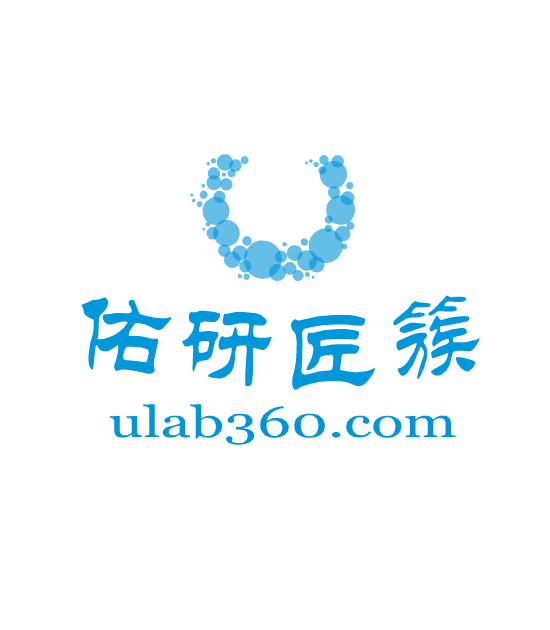描述:
EphB1, also known as Elk, Cek6, Net, and Hek6, is a member of the Eph receptor family
which binds members of the ephrin ligand family. There are two classes of receptors,
designated A and B. Both the A and B class receptors have an extracellular region consisting
of a globular domain, a cysteine-rich domain, and two fibronectin type III domains. This is
followed by the transmembrane region and the cytoplasmic region. The cytoplasmic region
contains a juxtamembrane motif with two tyrosine residues, which are the major
autophosphorylation sites, a kinase domain, and a conserved sterile alpha motif (SAM) in
the carboxy tail which contains one conserved tyrosine residue. Activation of kinase activity
occurs after ligand recognition and binding. Eph-B1 has been shown to bind ephrin-B2,
ephrin-B1, ephrin-A3, ephrin-A1, ephrin-A4, and ephrin-B3.The extracellular domains of
human and rat EphB1 share 99% amino acid identity. Only membranebound or Fcclustered
ligands are capable of activating the receptor in vitro. While soluble monomeric ligands bind
the receptor, they do not induce receptor autophosphorylationand activation. In vivo, the
ligands and receptors display reciprocal expression.It has been found that nearly all the
receptors and ligands are expressed in developing and adult neural tissue.The ephrin/Eph
families also appear to play a role in angiogenesis.
原厂资料:
EphB1, also known as Elk, Cek6, Net, and Hek6, is a member of the Eph receptor family
which binds members of the ephrin ligand family. There are two classes of receptors,
designated A and B. Both the A and B class receptors have an extracellular region consisting
of a globular domain, a cysteine-rich domain, and two fibronectin type III domains. This is
followed by the transmembrane region and the cytoplasmic region. The cytoplasmic region
contains a juxtamembrane motif with two tyrosine residues, which are the major
autophosphorylation sites, a kinase domain, and a conserved sterile alpha motif (SAM) in
the carboxy tail which contains one conserved tyrosine residue. Activation of kinase activity
occurs after ligand recognition and binding. Eph-B1 has been shown to bind ephrin-B2,
ephrin-B1, ephrin-A3, ephrin-A1, ephrin-A4, and ephrin-B3.The extracellular domains of
human and rat EphB1 share 99% amino acid identity. Only membranebound or Fcclustered
ligands are capable of activating the receptor in vitro. While soluble monomeric ligands bind
the receptor, they do not induce receptor autophosphorylationand activation. In vivo, the
ligands and receptors display reciprocal expression.It has been found that nearly all the
receptors and ligands are expressed in developing and adult neural tissue.The ephrin/Eph
families also appear to play a role in angiogenesis.



 京公网安备11010802025653 版权所有:北京逸优科技有限公司
京公网安备11010802025653 版权所有:北京逸优科技有限公司